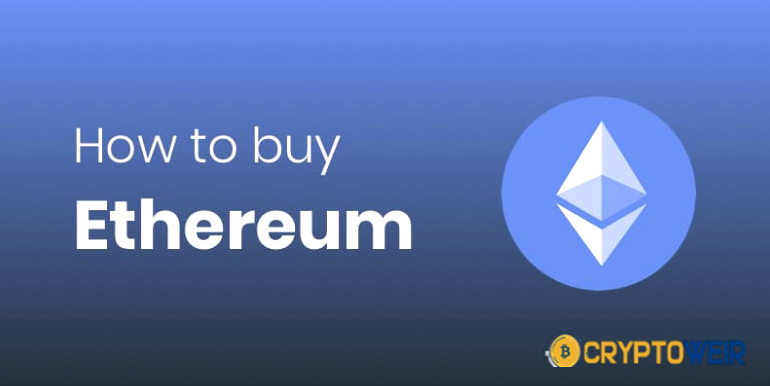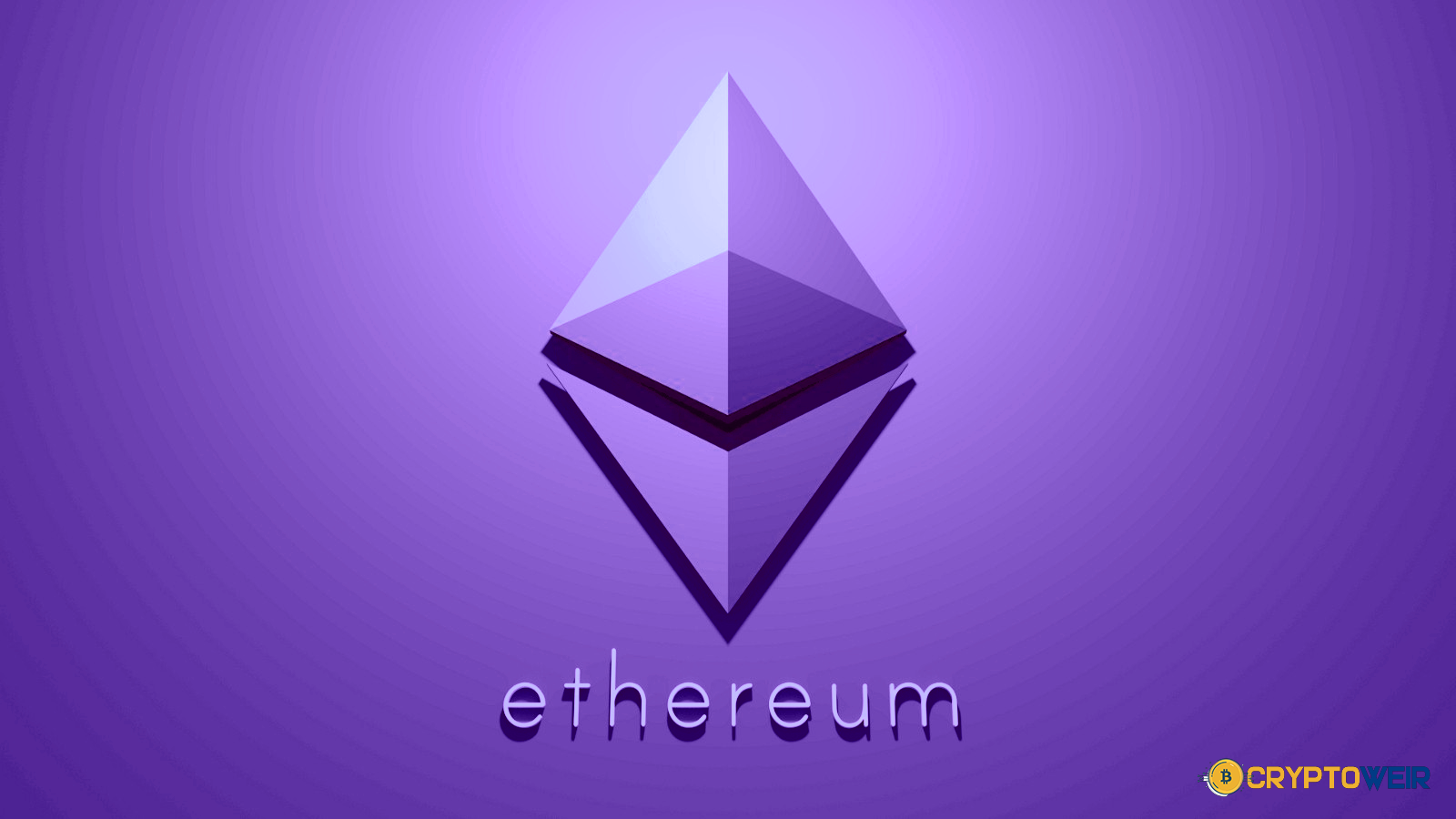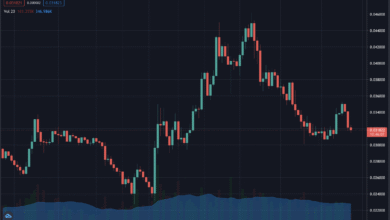Ether Price Outlook Can ETH Reclaim $4,500 in October?
Will Ethereum bounce back above $4,500 this October? Explore catalysts, risks, charts, and on-chain trends in a data-driven ETH price analysis.
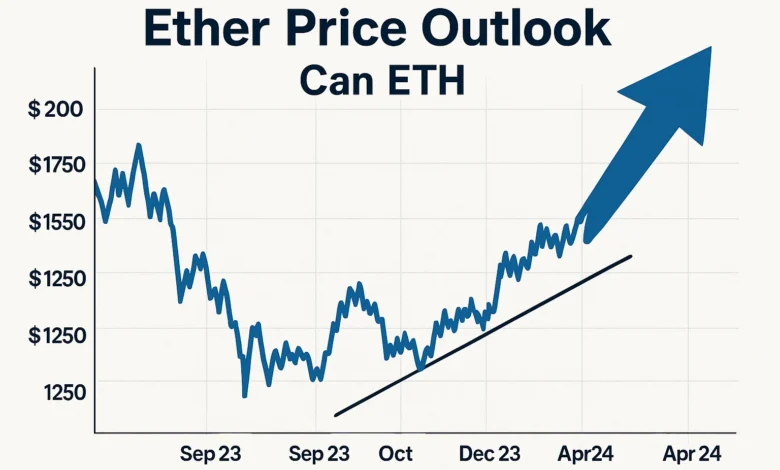
Ethereum has already given traders a taste of $4,500 this month, only to pull back sharply as macro jitters hit risk assets. That tug-of-war has left investors asking a simple question with a complicated answer: can the Ether price reclaim the $4.5K handle before October ends? To unpack this, we’ll weave together technical levels, macro cross-currents, ETF flows, and on-chain fundamentals like staking, Layer-2 (L2) adoption, and post-upgrade effects. By the end, you’ll have a grounded, human-readable view of the probabilities—not a crystal ball, but a map for navigating the weeks ahead.
In early October, ETH surged through the mid-$4,000s and briefly traded above $4,500, before waning sentiment dragged it lower. As of October 20, 2025, ETH is hovering near the low-$4,000s, leaving the market delicately poised between renewed momentum and deeper consolidation. Historical tendencies of “Uptober,” newly launched spot Ether ETFs, and Ethereum’s upgrade cadence all matter here—and they’re sending mixed but decipherable signals.
October so far: what just happened?
October began with ETH grinding higher, clearing resistance near $4,300–$4,400 and tagging the $4,500 region on multiple sessions. Mid-month, broader crypto volatility returned, and ETH slipped back below that psychological threshold. Daily prints show intraday highs above $4.5K in the October 7–10 window, followed by a swift correction that pushed ETH into the high-$3,000s before stabilizing near $4,000–$4,100. This whipsaw is consistent with macro-led selling that hit digital assets across the board.
The macro undertow
Traders hoping for a clean technical breakout ran into a familiar headwind: macro uncertainty. In mid-October, risk assets wobbled amid renewed trade tensions and a broader pullback; crypto moved in sympathy, with both Bitcoin and Ether retracing sharply. That backdrop matters because a fragile macro tape can mute otherwise constructive crypto-native catalysts. In short, the Ether price is not trading in a vacuum; it’s tethered to cross-asset risk sentiment that remains choppy.
Key catalyst: spot Ether ETFs and flows
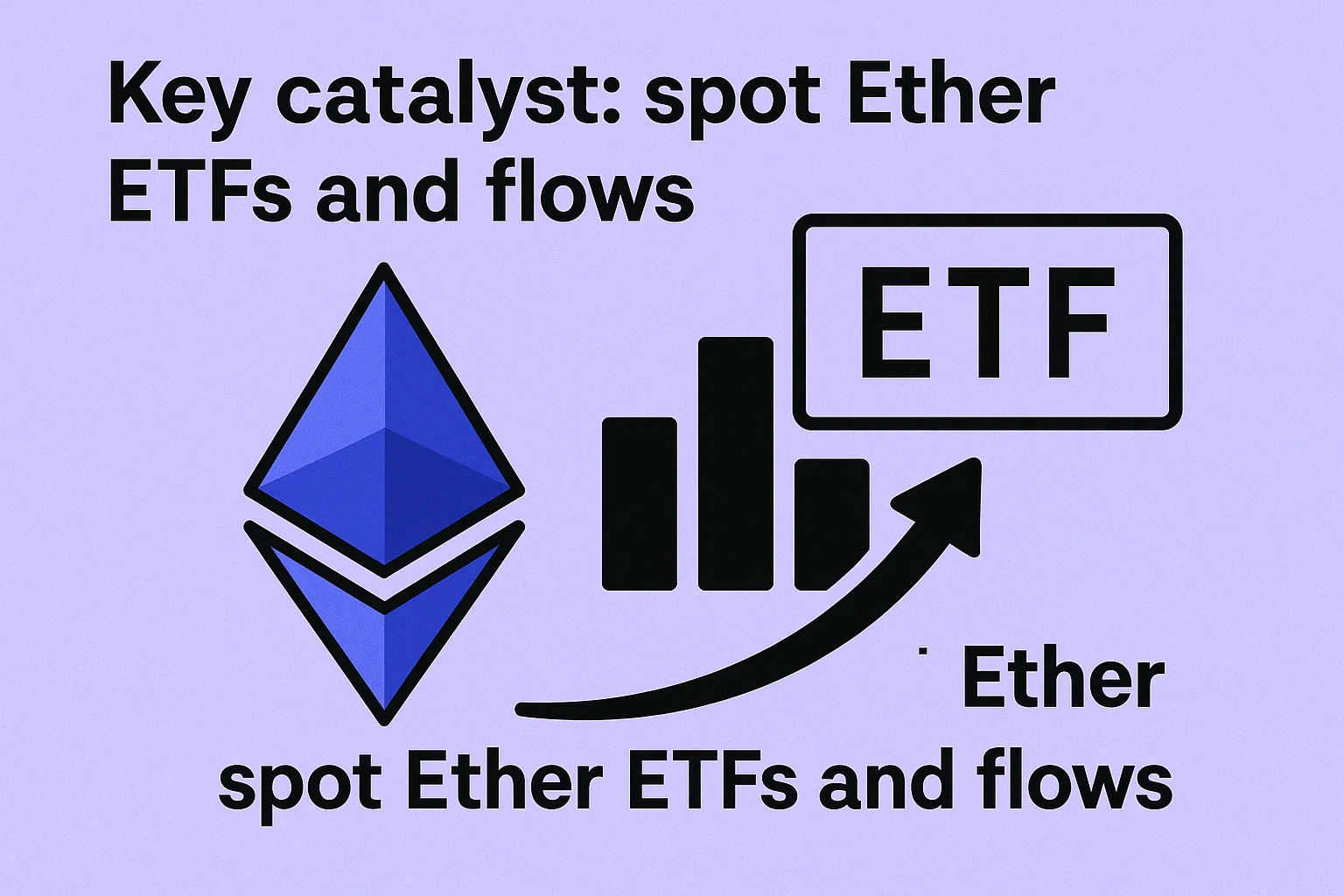
Perhaps the biggest structural change to Ethereum’s market plumbing over the past 18 months is the arrival of U.S. spot Ether ETFs, which began trading in July 2024. These vehicles lower the friction for traditional investors to gain ETH exposure and tend to create a baseline of mechanical demand—particularly on risk-on days. The early flow playbook from spot Bitcoin ETFs suggests that steady net inflows, even when modest, can support price during consolidations and accelerate upside during breakouts. The open question for October is whether ETF bid can re-ignite momentum above $4,500 in time.
Why ETFs matter at $4,500
The $4.5K region is both a psychological level and a tactical supply zone formed by recent distribution. When ETFs see net inflows, authorized participants buy the underlying (ETH) to create shares, providing marginal demand that can help price absorb overhead supply. If macro headwinds calm and ETF demand firms, the path of least resistance back to $4,500 becomes realistic again. On the flip side, persistent outflows or net-flat flows would leave spot buyers to do the heavy lifting, making any retest slower and more failure-prone.
Network fundamentals: upgrades, fees, and scaling
Ethereum’s roadmap has continued to deliver on throughput and cost reductions. The Dencun upgrade introduced proto-danksharding (EIP-4844), adding blob space that slashed Layer-2 data costs and helped stabilize fees for users and developers. Cheaper L2 execution encourages activity to migrate on-chain, potentially improving the fundamental “cash-flow” analogs (gas usage and burn dynamics) over time—even if base-layer fees remain lower than peak cycles. That evolving efficiency is the foundation under any medium-term Ethereum price forecast.
What’s next on the roadmap?
Developer momentum hasn’t stopped. Testnets have begun rolling out pieces of the next wave—aimed at scaling, data availability, and improved user experience. Recently, Ethereum devs pushed upgrades to Sepolia as part of the lead-up to the forthcoming mainnet package, underlining that the protocol continues to iterate toward higher throughput and more resilient data availability. Roadmap progress doesn’t guarantee near-term price moves, but it improves the long-term thesis that dips are opportunities in a network growing its capacity and app surface area.
On-chain structure: staking, supply, and burn
Ethereum’s transition to proof-of-stake, combined with EIP-1559, reshaped supply dynamics. Staked ETH reduces circulating float, while base-fee burns retire some issuance when on-chain activity swells. Net supply can flip between slightly inflationary and mildly deflationary depending on L1/L2 demand and gas conditions. For price, the takeaway is about float and friction: higher staking participation tightens tradable supply, and robust activity increases burn—both supportive when demand steps in. While these mechanics don’t force price higher on a schedule, they can enhance upside follow-through on breakouts—exactly what ETH would need to sustain levels north of $4,500. (Conceptual supply mechanics summarized from Ethereum’s published materials.)
Technical levels that matter into month-end
If you zoom into the October chart, three neighborhoods stand out. First, the $3,800–$3,900 area where buyers defended during the mid-month washout; lose that, and a deeper retest toward the mid-$3,000s opens. Second, the $4,150–$4,250 band that has acted as a pivot; reclaiming it with rising volume is often a tell that dip-buyers are in control. Third, the $4,450–$4,550 pocket, where supply capped rallies earlier this month. A decisive daily close above $4,500—ideally followed by a successful back-test—would shift the conversation from “can ETH reclaim 4.5K?” to “how quickly does it stretch toward the high-$4,000s?”
Volatility context
Mid-October’s shakeout was not ETH-specific; it swept across crypto, with Bitcoin slipping to multi-month lows before bouncing. That correlation matters for upside odds: when BTC stabilizes and volatility compresses, ETH historically finds room to outperform on beta and narrative catalysts, especially around upgrade milestones and increased L2 activity. If BTC remains heavy, ETH can still reclaim $4,500, but the market will likely demand cleaner catalysts and better breadth.
The bull case for reclaiming $4,500 in October
The optimistic scenario rests on three pillars. First, macro calm: if headline risks cool and equities stop sliding, risk appetite can normalize quickly. Second, ETF flows: even steady—not spectacular—spot Ether ETF inflows can add a mechanical bid that helps ETH chew through supply around $4.5K. Third, structure: with staking constraining float and L2 activity nudging fundamentals in the right direction, the tape only needs moderate demand to re-challenge resistance. Importantly, ETH already demonstrated the ability to reach $4,500 this month, which means a reclaim is more a question of timing than discovery.
Watch these “tell” signals
If you’re monitoring whether the bull case is playing out, keep an eye on spot order books near $4,200–$4,300, intraday holds of the 20-day moving region, and flow proxies like ETF creations versus redemptions. Stabilizing BTC and improving breadth across the top-20 alts would also be a green light for a push back to $4,500. Macro-wise, calmer headlines and a firmer U.S. equity tape typically coincide with healthier crypto bid.
The bear case: what could cap rallies below $4,500?
The flip side hinges on sticky macro stress, risk-off positioning, and fragile liquidity. If geopolitical or trade headlines worsen, or if equities lurch lower, the Ether Price Outlook Can ETH could struggle to build on rallies, with sellers reloading near $4,400–$4,500. Prolonged ETF outflows or a net-flat regime into month-end would likewise sap momentum. Add in post-rally overhang from October’s distribution zone, and you get a tape where failed breakouts become more likely without a catalyst.
The risk of headline “air-pockets”
Crypto markets still experience outsized intraday moves during surprise news—regulatory stories, exchange issues, or macro shocks. Those air-pockets can puncture otherwise healthy setups and reset levels in hours, not days. It’s another reason traders want to see ETH reclaim $4,500 on strong breadth and sustained volume, not just a blip at the day’s high.
How Ethereum’s competitive moat aids the bull case
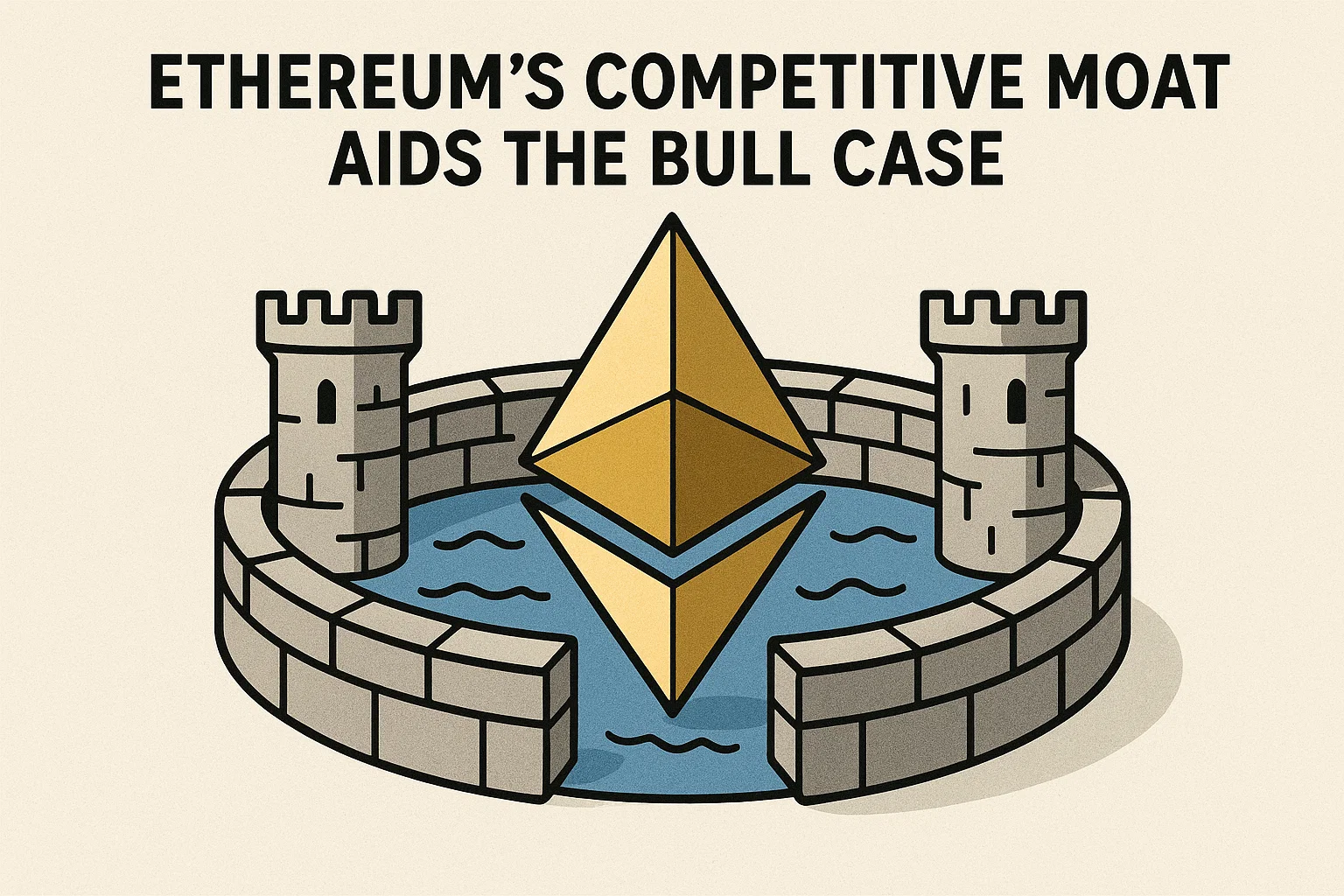
Beyond charts and flows, Ethereum’s role as a base settlement layer for DeFi, NFTs, and tokenized real-world assets remains intact. Cheaper L2s post-Dencun widen the funnel for consumer-grade apps, while ongoing upgrades keep the network relevant to developers. That sticky developer network effect is a soft tailwind for the Ethereum price narrative: builders keep shipping, users keep transacting, and value accrues over cycles, even if month-to-month price is noisy.
App-layer momentum meets L2 economics
As L2 ecosystems like Arbitrum, Optimism, and Base iterate, they inherit Ethereum’s security while customizing execution for speed and cost. The result is a two-layer flywheel: L2 growth can boost L1 value through fees, burns, and brand, while L1 improvements like blob space make L2 economics even better. It’s a long-cycle dynamic, but the LSI connection to “Layer-2 scaling,” “rollups,” and “data availability” is precisely what underpins investor confidence when price nears key thresholds such as $4,500.
Can ETH reclaim $4,500 before October ends?
Short answer: yes, it’s plausible, but not guaranteed, and it likely requires at least two of three supports—macro stabilization, steady ETF demand, and a clean technical reclaim of the $4,250 pivot. ETH already printed highs above $4,500 earlier this month, proving the market can get there; the challenge is sustaining that level in a choppy tape. If BTC and equities steady, ETF flows turn net supportive, and buyers defend $4,150–$4,250 on dips, an October close above $4,500 is very much in play. If macro remains messy, the base case is continued range-trading with $3,800–$4,400 as the operative band until November’s catalysts arrive.
A note on all-time high context
For perspective, Ether’s all-time high remains just under $4,900 from the late-2021 cycle. Reclaiming $4,500 is not the endgame; it’s the gateway to retesting the high-$4,000s and eventually the prior peak if tailwinds persist. That context also explains why sellers are active near $4,500–$4,600—it’s the penultimate shelf before price discovery.
Strategy considerations for different time frames
Traders with short time horizons often anchor to intraday structure: acceptance above $4,250, higher lows on the 4-hour chart, and strong spot volumes into the New York session. Swing participants might focus on weekly closes back above $4,400, signaling the market’s readiness to challenge $4,500 again. Longer-term allocators typically zoom out, noting that network upgrades, staking, and L2 growth create a favorable backdrop even if October ends in a stalemate.
Regardless of style, clarity comes from preparing both scenarios. If ETH pushes decisively through $4,500, map invalidation levels and potential extension targets into the high-$4,000s. If rallies fade below $4,400, respect the range and look to the $3,900–$4,050 zone for signs of fresh demand. None of this is advice—just a framework for reading the tape with the roadmap and ETF flows in mind.
Final Thoughts
Can the Ether price reclaim $4,500 in October? It can, and the market has already shown it’s capable. From here, success hinges on macro tone, ETF flow steadiness, and whether buyers can convert $4,250–$4,400 back into support. The network’s fundamentals—from Dencun’s cost relief to active development ahead of the next upgrade—remain constructive, and that undercurrent increases the odds that, if not October, then a subsequent month will see ETH re-establish its foothold above $4,500. For now, watch the pivots, watch the flows, and remember that in crypto, the tape often moves faster than the headlines.
FAQs
Q: Did Ether already touch $4,500 this month?
Yes. In the first half of October, ETH printed intraday highs over $4,500 before a mid-month pullback. Those highs confirm the market’s ability to reach the level; the open question is whether it can hold above it into month-end.
Q: How important are spot Ether ETFs for reclaiming $4,500?
They matter because inflows create underlying spot demand that can help absorb supply at resistance. While flows fluctuate, even steady net creations can tilt odds toward a successful reclaim if macro conditions aren’t deteriorating.
Q: What Ethereum upgrades could influence price next?
After Dencun, developers are testing the next package on public testnets like Sepolia, targeting improved data availability and throughput. Progress won’t move price every day, but it reinforces the long-term investment case and can amplify breakouts when sentiment turns.
Q: Why did crypto drop in mid-October?
The sell-off coincided with renewed macro tensions and a broader risk-off move across markets, which pulled Bitcoin and Ether lower and pressured altcoins. Such cross-asset shocks can overwhelm otherwise healthy crypto-native trends in the short term.
Q: Is $4,500 a ceiling or a stepping stone?
It’s both: a near-term ceiling formed by recent distribution and a stepping stone toward the high-$4,000s. A convincing daily close and hold above $4,500 would shift focus to prior-cycle highs near $4,900 as the next major test.
Also Read: Top 10 Institutional Ethereum Investment Fund Ultimate Guide 2025




